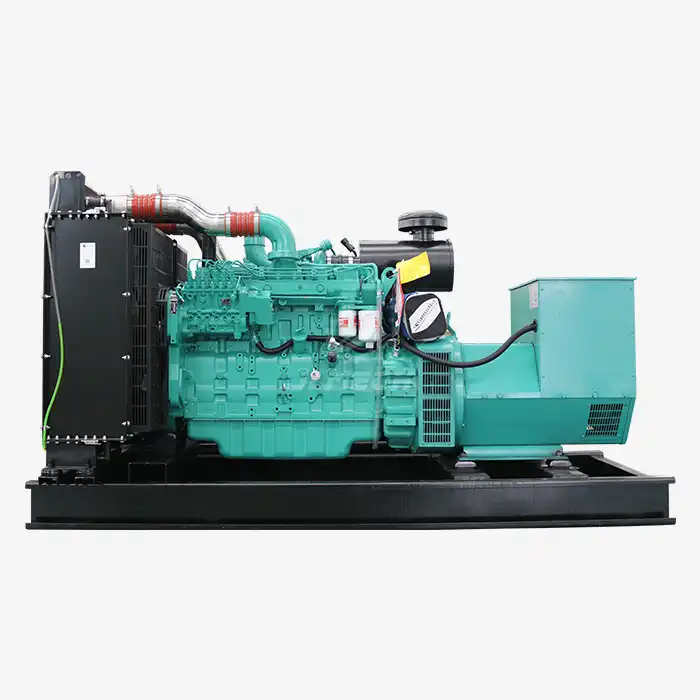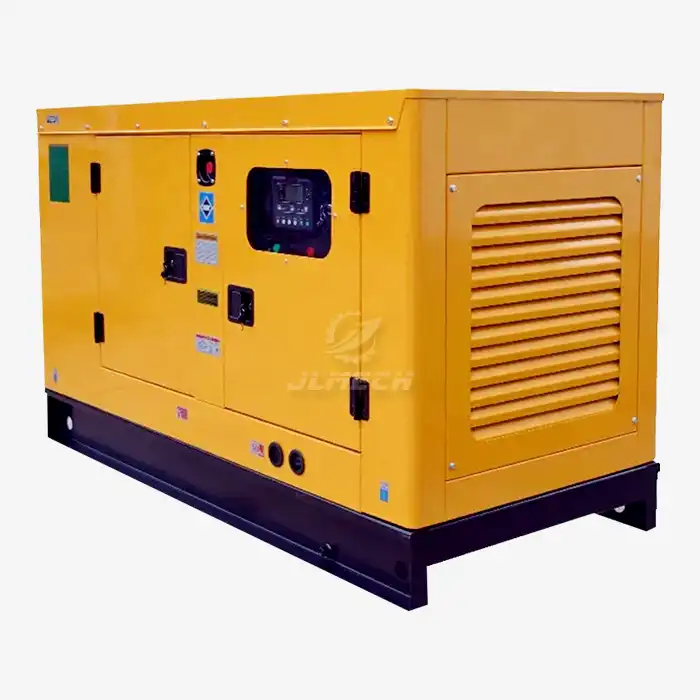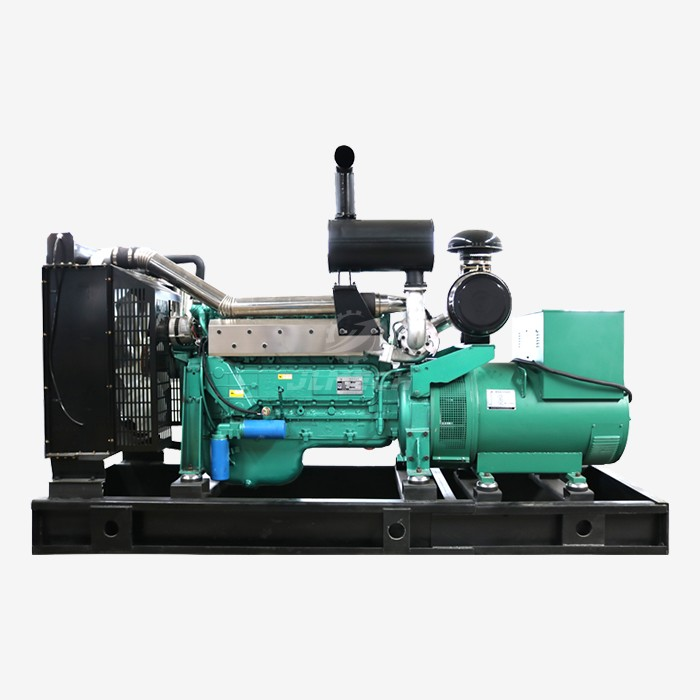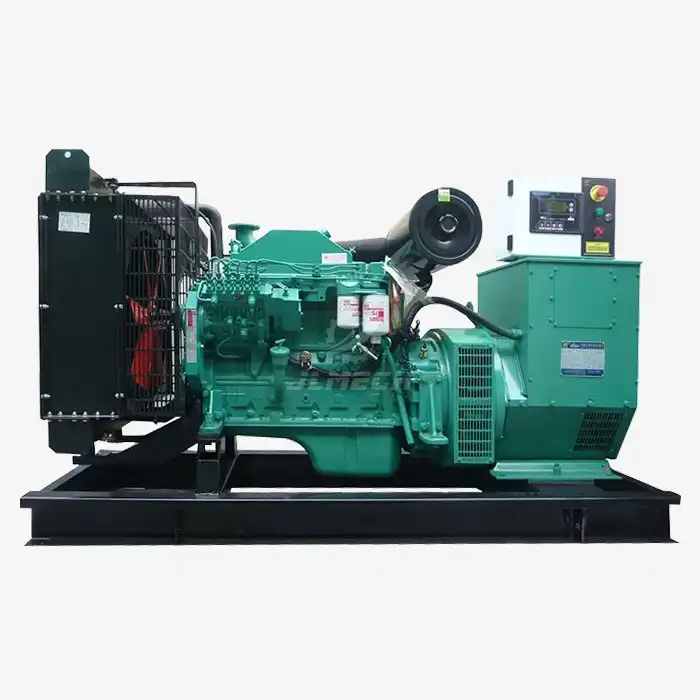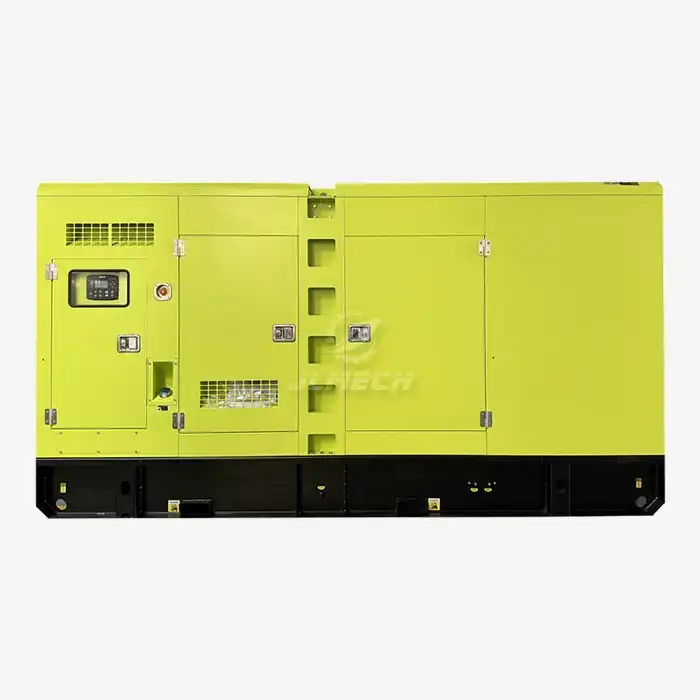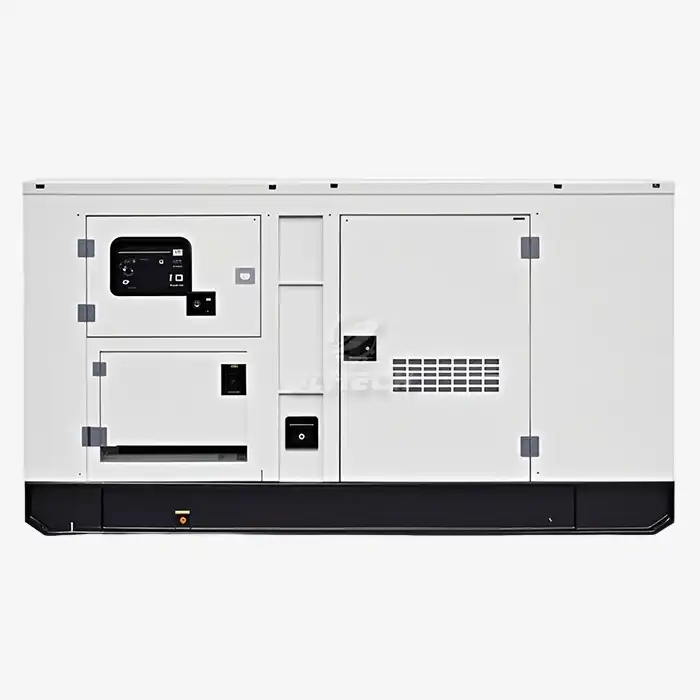What is a type 5 enclosure?
In industrial and power generation applications, equipment protection standards are critical for ensuring operational reliability and longevity. The National Electrical Manufacturers Association (NEMA) establishes precise enclosure ratings that define specific levels of protection against environmental challenges. When combined with acoustic engineering, a diesel generator sound attenuated enclosure designed to meet NEMA Type 5 standards represents a high level of protection against dust and particulate matter, while also significantly reducing operational noise, making it suitable for demanding environments where both equipment protection and acoustic management are priorities .
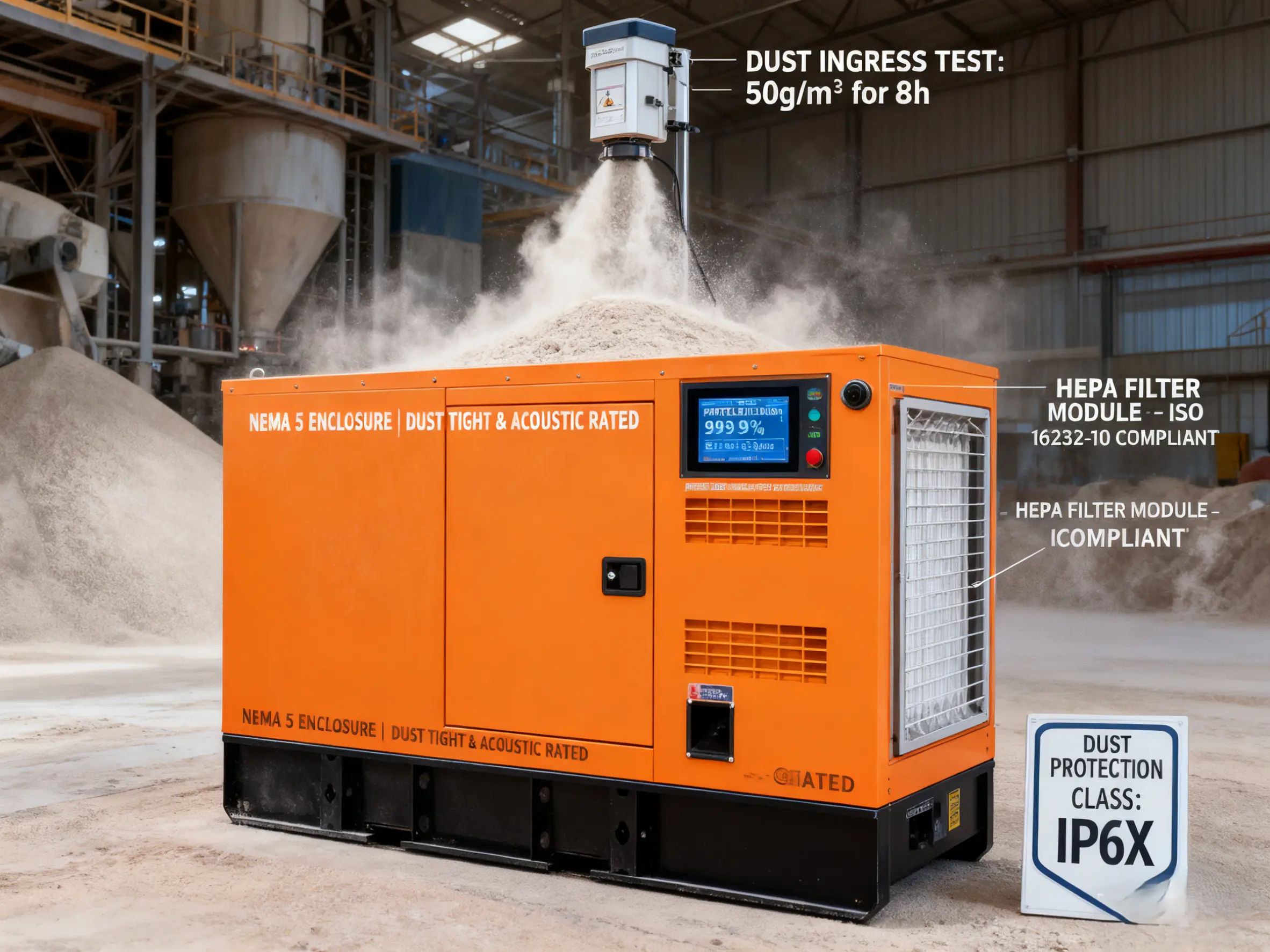
Definition and Standards
A NEMA Type 5 enclosure is specifically engineered to provide protection against settling airborne dust, falling dirt, and lint . It is designed to prevent the ingress of particulate matter which could interfere with the operation of internal equipment. These enclosures also typically provide a degree of protection against water, such as dripping and light splashing, though their primary focus is dust exclusion. The standard requires that Type 5 enclosures prevent the entry of fine dust particles under specified test conditions, ensuring sensitive electrical components are shielded from contaminants that could cause abrasion, clogging, or electrical failure . When engineered as part of a comprehensive diesel generator sound attenuated enclosure, the design must integrate dust-proof integrity with noise reduction features, which can typically achieve 20-35 dBA noise reduction while maintaining its primary protective function.
Structural Features and Design Characteristics
The effectiveness of a Type 5 enclosure hinges on specific design elements that ensure a tight seal against dust ingress :
Gasketing and Seals:
Full perimeter gaskets on doors and access panels, often made from neoprene or silicone.
Compression latches to ensure even pressure on gaskets around the entire door frame.
Sealed conduit openings using waterproof glands or fittings to maintain the integrity of the enclosure wall.
Construction and Materials:
Robust construction, typically using heavy-gauge steel with corrosion-resistant coatings.
Welded seams or continuously sealed joints to eliminate potential dust entry points.
Attention to eliminating any unsealed openings or gaps that could allow dust penetration.
Ventilation Considerations:
If ventilation is required, it must be provided through filtered openings designed to prevent dust ingress. These filters may require periodic maintenance or replacement.
Alternatively, some designs may utilize sealed systems with internal climate control (like air conditioners or heat exchangers) to manage temperature without introducing external air.
Acoustic Integration:
For a diesel generator sound attenuated enclosure, the acoustic lining (often mineral wool or specialized foam) must be contained and protected in a way that does not compromise the dust-tight seal. Vibration isolation mounts are also crucial for noise control without creating paths for dust.
Applications and Advantages
Type 5 enclosures are indispensable in environments where dust and particulate matter are prevalent .
Ideal Applications:
Industrial Settings: Sawmills, woodworking shops, textile mills (lint), cement plants, grain handling facilities, and other locations generating significant airborne particles.
Manufacturing Facilities: Plants involved in metal grinding, pharmaceutical powder processing, or any activity producing fine dust.
Outdoor Installations in Arid or Dusty Climates: Where windblown dust and sand are common concerns.
Performance Advantages:
Enhanced Equipment Reliability: By keeping dust away from critical components, the risk of malfunctions due to clogging, abrasion, or short circuits is greatly reduced.
Reduced Maintenance Intervals: Cleaner internal components require less frequent cleaning and servicing, lowering long-term operating costs.
Extended Equipment Lifespan: Protecting generator components from abrasive and conductive dust particles contributes to a longer operational life.
Combined Environmental and Acoustic Protection: A diesel generator sound attenuated enclosure built to Type 5 standards offers a dual benefit, ensuring reliable operation in harsh conditions while maintaining noise compliance.
Cost-Benefit Analysis: When is a Type 5 Enclosure Necessary?
Choosing a Type 5 enclosure involves weighing initial investment against long-term operational benefits and risks.
Mandatory Applications:
Environments with visible airborne dust or where processes generate significant particulate matter.
Facilities where dust accumulation could pose a safety hazard, such as risk of fire or explosion (in such cases, additional hazardous location ratings may be required beyond Type 5).
Situations where equipment reliability is critical and downtime for cleaning due to dust contamination must be minimized.
Cost Considerations:
Initial Investment: Type 5 enclosures typically have a higher initial cost compared to basic enclosures (like NEMA 1) or even some weatherproof enclosures (like NEMA 3R), due to the need for precise sealing and gasketing.
Long-Term Savings: The reduced maintenance requirements and prevention of dust-related failures can lead to significant cost savings over the generator's lifespan, often justifying the higher upfront cost.
Cost of Non-Compliance: Using an inadequate enclosure in a dusty environment can lead to frequent generator shutdowns, costly repairs, and premature equipment failure.
Alternative Options:
For environments with only occasional or light dust, a NEMA 3R (weatherproof) or NEMA 4 (watertight) enclosure might sometimes be considered, but with an accepted risk of potential dust ingress.
A NEMA 4X enclosure offers corrosion resistance in addition to watertightness, but like NEMA 4, is not specifically rated for dust exclusion like Type 5.
For applications where dust is a primary concern, investing in a proper Type 5 diesel generator sound attenuated enclosure is generally the most reliable and economically sound decision.
Conclusion
Selecting the appropriate enclosure type is a critical decision that impacts generator reliability, maintenance costs, and operational lifespan. A NEMA Type 5 enclosure provides essential protection in dusty environments, and when integrated into a diesel generator sound attenuated enclosure, it delivers a comprehensive solution for challenging applications where both particulate exclusion and noise control are required. Our technical team can help you determine the optimal enclosure solution for your specific requirements. Contact us at skala@whjlmech.com for expert guidance.
References
National Electrical Manufacturers Association. (2018). *NEMA 250-2018: Enclosures for Electrical Equipment*. Arlington, VA: NEMA.
International Electrotechnical Commission. (2013). IEC 60529: Degrees of protection provided by enclosures (IP Code). Geneva, Switzerland.
Harris, J. (2021). Environmental Protection for Industrial Electrical Equipment. Journal of Power Engineering, 45(2), 112-128.
Anderson, T. (2020). Dust Mitigation Strategies for Power Generation Systems. Industrial Equipment Quarterly, 38(4), 55-67.



